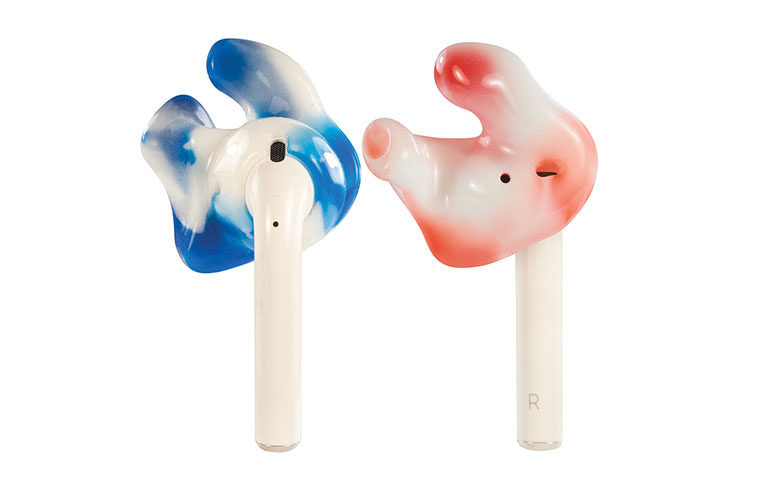Noise-induced hearing impairment
Can I use earbud-type devices as hearing protection in industrial settings?

Responding is Garry G. Gordon, M.S., audiologist/instructor, E.A.R. Inc., Boulder, CO.
Almost anywhere you go today, it’s not uncommon to see people with electronic devices in their ears. These include hearing aids, music monitors and earbuds with bluetooth capabilities to connect the user to their cellphone and digital music libraries.
So, it should be no wonder that this type of exposure has seriously contributed to the number of people – young and old – being clinically diagnosed with some degree of noise-induced hearing impairment.
According to the World Health Organization, unaddressed hearing loss is the third most common health disability – ahead of diabetes, vision loss and cancer.
New problem for industrial and recreational markets
In recent years, there’s been no shortage of articles or educational seminars that have emphasized the need for adequate hearing protection in both the industrial and recreational marketplace. These include the use of custom ear molds, solid ear plugs, electronic ear plugs, filtered ear plugs, electronic earmuffs and protection that enables the end user to listen to music or radio communication. As a result of the latter option, a new problem has surfaced for workers who are required to use protection that has been certified for industrial applications and meets OSHA standards: When employees attempt to use earbuds as ear protection, it should be noted that most of these items weren’t manufactured – or marketed – as hearing protection. Even those that include noise cancellation as a feature can be misleading because they don’t work well for impact sound, and most come with generic tips that haven’t been tested for attenuation.
So, the bottom line for continuous use of such devices without proper modifications or acceptable test results can significantly increase the risk for developing a noise-induced hearing loss.
What’s the solution?
Possible modifications include the replacement of ear tips with non-vented custom ear molds or certified foam or silicone tips with acceptable noise reduction ratings. When properly inserted, they’ll provide adequate attenuation to dampen background sounds and allow the end user to hear better without increasing the sound coming through the earpiece. Even with this consideration, it’s also imperative to understand that many of these devices can produce sound pressure levels that exceed safe limits and shouldn’t be worn at maximum intensity. Most companies that manufacture such products should be able to provide the maximum outputs their devices can deliver. Additional considerations might include certified filters or simply seeking earpieces with safe acoustics. Remember, noise cancellation works best for continuous sound, not impact.
Conclusion
Today’s technology to improve one’s safety and health is amazing, with more to surface. This includes new options and choices for treating and/or minimizing the risk of noise-induced hearing loss. It even includes modified programmable hearing aids that are multifunctional and work well as both an ear protector while on the job and a hearing aid when at home or play.
It’s also critical to understand how these options perform in addition to meeting OSHA requirements. Should earbud-type configurations be an option, modifications may be necessary.
Key components for successful industrial hearing conservation programs include annual audiometric testing, education, engineering and providing hearing protection that’s worn properly for both occupational and nonoccupational activities.
Editor's note: This article represents the independent views of the author and should not be considered a National Safety Council endorsement.
Post a comment to this article
Safety+Health welcomes comments that promote respectful dialogue. Please stay on topic. Comments that contain personal attacks, profanity or abusive language – or those aggressively promoting products or services – will be removed. We reserve the right to determine which comments violate our comment policy. (Anonymous comments are welcome; merely skip the “name” field in the comment box. An email address is required but will not be included with your comment.)

